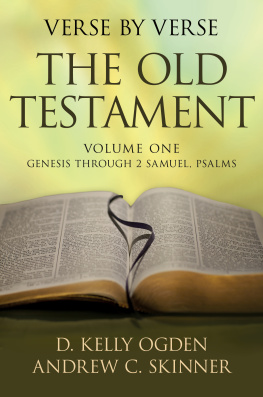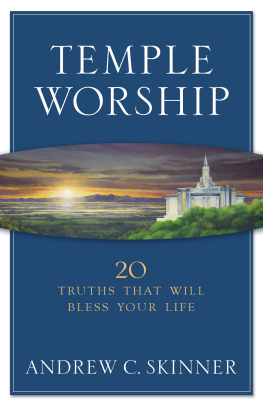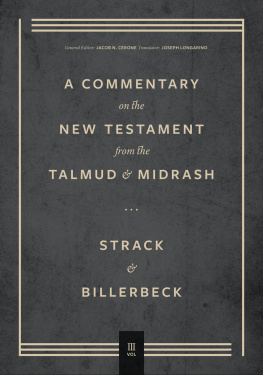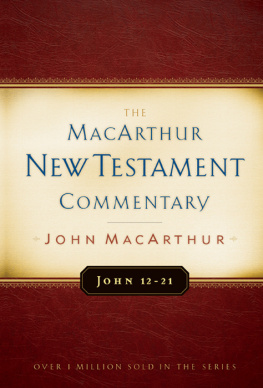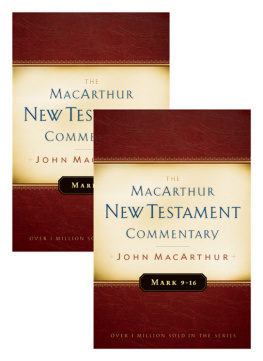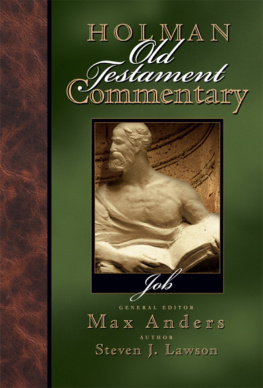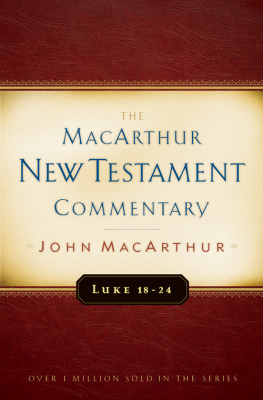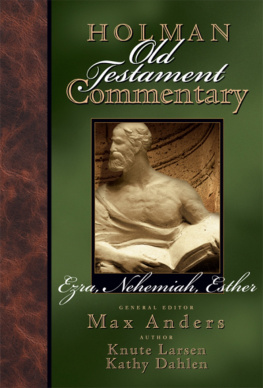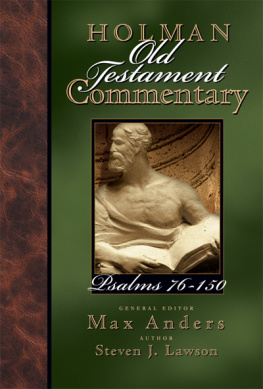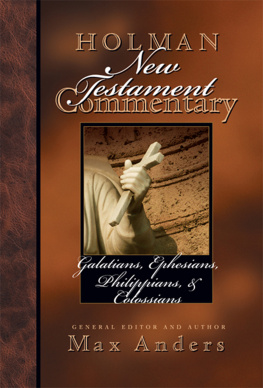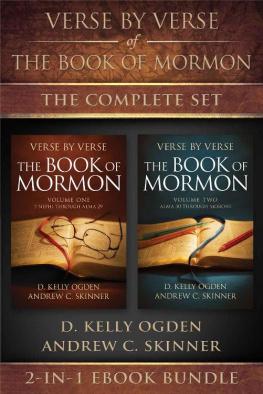Verse by Verse Old Testament 2-in-1 eBook Bundle
Andrew C. Skinner, D. Kelly Ogden
2014 Andrew C. Skinner; D. Kelly Ogden.
All rights reserved. No part of this book may be reproduced in any form or by any means without permission in writing from the publisher, Deseret Book Company (permissions@deseretbook.com), P.O. Box 30178, Salt Lake City Utah 84130. This work is not an official publication of The Church of Jesus Christ of Latter-day Saints. The views expressed herein are the responsibility of the author and do not necessarily represent the position of the Church or of Deseret Book. Deseret Book is a registered trademark of Deseret Book Company.
Verse by Verse, The Old Testament: Volume Two
Verse by Verse, The Old Testament: Volume Two
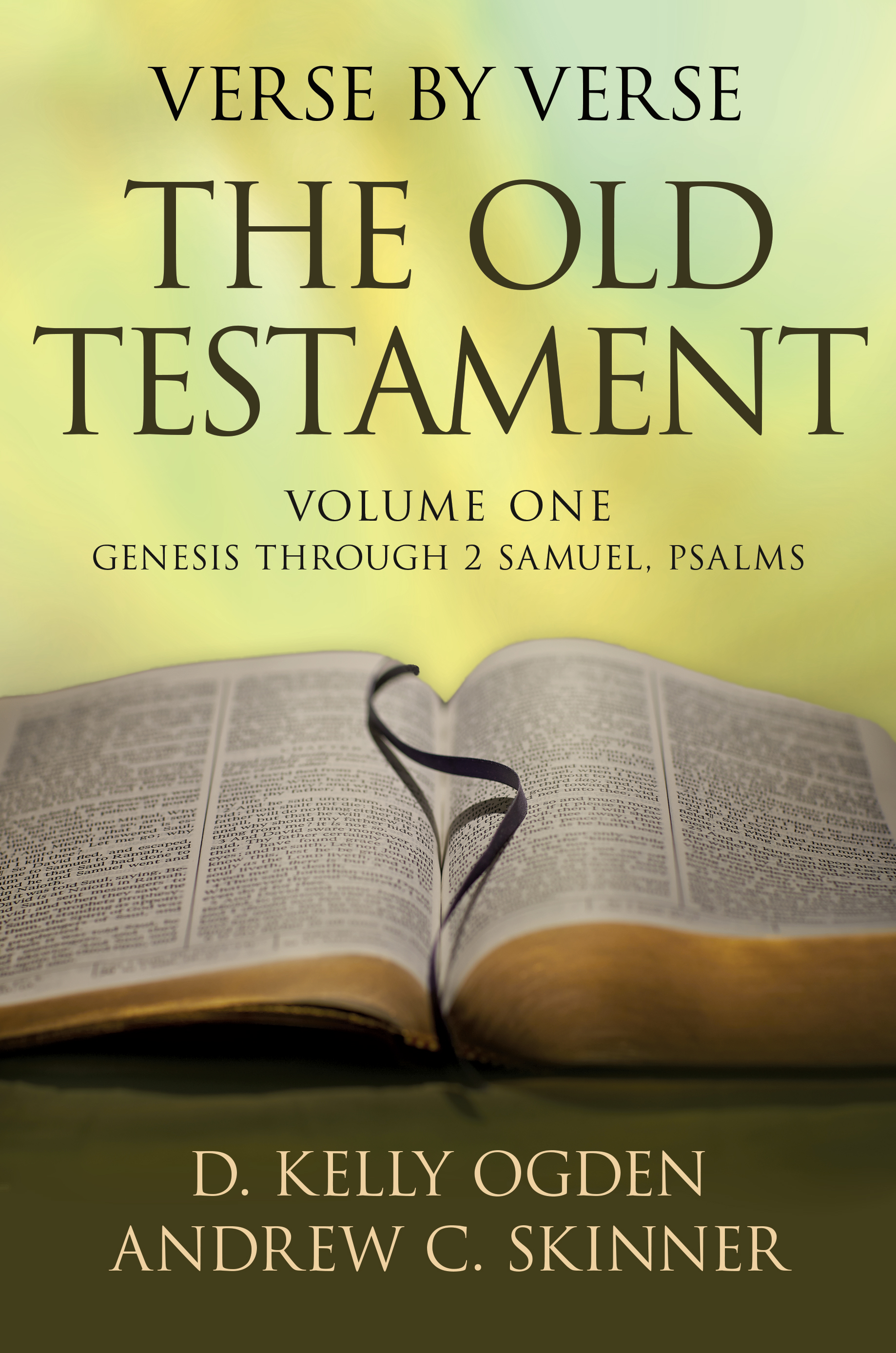
Library of Congress Cataloging-in-Publication Data
Ogden, D. Kelly (Daniel Kelly), 1947 author.
Verse by verse : the Old Testament / D. Kelly Ogden, Ellis T. Rasmussen, Andrew C. Skinner.
volumes cm
Includes bibliographical references and index.
ISBN 978-1-60907-591-0 (hardbound : alk. paper)
1. Bible. Old TestamentCommentaries. I. Rasmussen, Ellis T., 19152011, author. II. Skinner, Andrew C., 1951 author. III. Title.
BS1151.52.O33 2013
221.7dc232013022790
Printed in the United States of America
R.R. Donnelley, Crawfordsville, IN
10 9 8 7 6 5 4 3 2 1

Ellis T. Rasmussen
Old Testament scholar, mentor, and friend
19152011
BYU. Used by permission.
Ellis T. Rasmussen was one of the great Old Testament scholars of The Church of Jesus Christ of Latter-day Saints. For thirty years Dr. Rasmussen taught Old Testament and other scripture at Brigham Young University, where he also served as chairman of the department of Ancient Scripture and as dean of Religious Instruction. He wrote numerous books and articles, guided study tours to the Holy Land and other lands of the Near East, and served with his wife, Oda Fonnesbeck Rasmussen, as special representatives of the Church and Brigham Young University in the Holy Land. Perhaps his greatest contribution to the Church, however, came through his role from 1972 to 1981 in supervising, under the direction of apostles Thomas S. Monson, Boyd K. Packer, and Bruce R. McConkie, the preparation of the Latter-day Saint edition of the Bible published in 1979 and the 1981 editions of the three other standard works of the Church.
We pay tribute to Dr. Ellis T. Rasmussen and express our gratitude for his lifes work.
Preface
The series Verse by Verse, which began with The Four Gospels, Acts through Revelation, and The Book of Mormon, continues here with The Old Testament, a commentary that is one book in two volumes.
The division between our volumes reflects the way in which courses on the Old Testament are structured in the institutes of religion of The Church of Jesus Christ of Latter-day Saints and on the campuses of Brigham Young University: Genesis through 2 Samuel, together with Psalms; and 1 Kings through Malachi. Each volume has its own table of contents, preface, list of sources, and index. The introduction to both volumes appears in this one. Occasionally, cross-references between the volumes appear in the text.
The central and unique aspect of our commentary is its focus on seeing Jesus Christ in the verses of the Old Testament. Special feature sections describe the lives of Joseph, Moses, Joshua, Ruth, Job, Elijah, Elisha, Jeremiah, and Esther as types and foreshadowings of Jesus Christ.
Because the Old Testament is as long as all the other standard works combined, we have been selective in treating the subjects addressed in the thousand-year span of sacred scripture. We have provided a clear, concise explanation of significant events and doctrines recorded by the ancient patriarchs, prophets, historians, and poets, and we have attempted to clarify and resolve significant textual problems and inconsistenciespassages that appear to have been transmitted to us incorrectly. This commentary is thus at the same time both comprehensive and easily understood. We are certain that students of the Old Testament will find much in it to nurture their passion for intellectual and spiritual growth, learning, and understanding.
Several features of this commentary are especially helpful to Latter-day Saints. Passages of scripture from the Pearl of Great Price, the Book of Mormon, and the Doctrine and Covenants that directly correlate with Old Testament passages are included in the text. Photos, paintings, drawings, maps, and charts illustrate scriptural content, and important archaeological discoveries are discussed. Certain topics, such as the names of God, the concept of perfection, prophecies of the Messiah, how to understand Isaiah, the two prophets in Jerusalem in the last days, and others, are treated in more depth.
We have used the following terms in precise ways in this commentary:
Except in quotations from other works, Temple is capitalized when referring to a sanctuary of God, as approved by God and his prophets (which occasionally requires a judgment on our part); temple is not capitalized when it refers to pagan structures and shrines. Similarly, Church is capitalized when identifying the Church of Jesus Christ, which he established; the apostate church, contrariwise, is indicated by lowercase church.
The designation Near East is preferred to Middle East.
The name Palestine is used for that time in history when it designated the former land of Canaan, or Israel, beginning in the second century after Christ, in the days of the Roman emperor Hadrian, and continuing into the twenty-first century. In Old Testament times, the country was at first called Canaan, then Israel, and thenwhen divided into two kingdomsIsrael and Judah. Following the return of the Jews from exile during the period of Persian rule, the land was called Yehud (Judah), or, in the later Greek form, Judea.
The abbreviations b.c. (before Christ) and a.d. (anno domini, the year of our Lord, meaning after the birth of Christ) are used instead of terms that avoid the name of Christ: b.c.e. (before the common era) and c.e. (of the common era).
The abbreviation ca., for the Latin circa (about), indicates an approximate date.
The abbreviation ff means and following, referring to the verse or page cited plus the following verses or pages.
Bible Dictionary refers to the dictionary at the end of the Latter-day Saint edition of the King James Version of the Bible.
Bible Map refers to the maps at the end of the Latter-day Saint edition of the King James Bible. The maps in printings beginning in 2013 are particularly helpful; they are also available online at lds.org.
Topical Guide refers to the topical guide at the end of the Latter-day Saint edition of the King James Bible.
We extend appreciation to a number of individuals who have made this commentary possible. Foremost is Dr. Ellis T. Rasmussen, whose work on the Old Testament commentary he wrote in the early 1990s for use in Brigham Young University Independent Study courses was essential to our writing this commentary. Approximately one-third of the material in our volumes is drawn from those original writings of Dr. Rasmussen and is used by permission of BYU, Division of Continuing Education.

